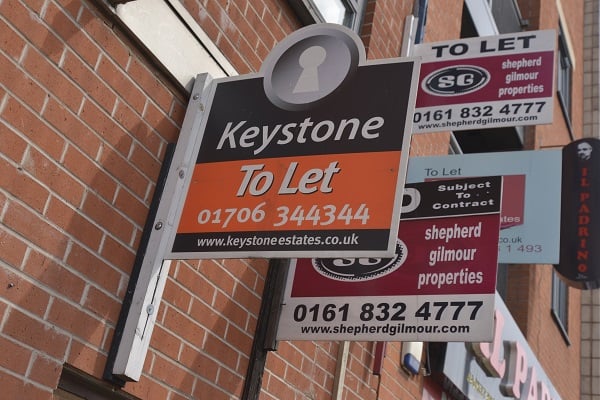Many disputes between landlords and tenants which sometimes result in bitter court action could be easily avoided by a thorough, professional independent inventory.
A qualified impartial inventory clerk, with no potential for bias, can offer protection and confidence to both parties at the very start of a prospective tenancy, according to the Association of Independent Inventory Clerks (AIIC).
“An inventory is a vital part of the letting process because it establishes the condition of a property at the beginning and at the end of a tenancy,” said Association Chair, Daniel Evans.
And if there is any dispute further down the line, the inventory will be used as the primary piece of evidence by deposit scheme arbitrators or a court of law.
It is the landlord’s responsibility to prove that the tenant has caused damage to the property and that deductions from the deposit should be made.
“If the inventory contains omissions or is lacking in the necessary detail, the landlord or agent might find it very difficult to prove that deterioration has been the fault of the tenant,” Evans said.
“It’s not merely a list of items owned by the landlord but included in the property, the inventory should contain detailed information about every aspect of a property including standards of décor, fixtures and fittings, all contents, the garden and any outbuildings. Observations on condition are backed up with photographs or video so at the end of a tenancy, accurate assessments can be made about damage and cleaning issues that might be chargeable to the tenant.”
“And the tenant is much more likely to trust the process if it can be demonstrated from the outset that the inventory clerk is independent of the landlord or agent.’
The inventory – sometimes known as a check-in report – must be agreed and signed off by the tenant and requires detailed images which demonstrate the scale of any flaws in the property before the tenant moves in.
The size of stains on carpets or marks on furniture can be shown by including a measuring rule or even a hand.
“Without these indicators, there will be no way of knowing whether there has been further deterioration by the time the tenant comes to check out,” Evans added.
“That could be caused by reasonable wear and tear, but if there has been further damage caused deliberately or by negligence, the inventory is the only means of establishing that fact.”
In the UK, 3% of tenancies end in dispute over the return of deposits and the most common reason is lack of cleaning, followed by damage.
According to The Dispute Service (TDS), its Insured Deposit Scheme received 15,116 dispute applications in 2020-21, while its Custodial Scheme adjudicated on 1,660.
But although only a comparatively small number of tenancies end in dispute, it’s in the interest of the landlord or agent to do everything they can to reduce the chances of disagreement over deductions.
“Top of the list should be an impartial inventory. If landlords and agents do this, everybody knows where they stand from Day One,” Evans said.
“If landlords or agents don’t have an inventory or what they do have is incomplete, they are immediately on the back foot in any negotiation when the tenancy ends,” Evans warned.
And according to mydeposits.co.uk :’A good inventory can help to avoid a dispute when the tenancy ends. Remember – no inventory means no evidence to negotiate with, which then brings into question whether there is any point in taking a security deposit, as proving the tenant caused the damage will be almost impossible.’






Leave a Comment